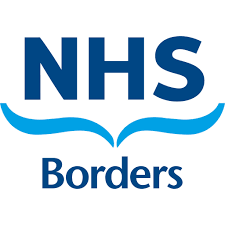- Ensure good cardiac monitoring equipment is working with a technically good display of rhythm and good R wave for sensing.
- Check resuscitation and pacing equipment.
- Set BIPHASIC defibrillator to SYNCHRONISED setting.
- Place defibrillator contact pads.
- Anaesthetise patient.
- Defibrillate shock series:
atrial flutter 30, 50,100,150 AP joules ENSURING STICKY PADS WELL APPLIED
atrial fibrillation 100,150,150,150 AP ENSURING STICKY PADS WELL APPLIED
After series of above shocks if unsuccessful consider AP shock 150 Joules
If VF develops set defibrillator to DESYNCHRONISED, defibrillate as per ALS guidelines.

